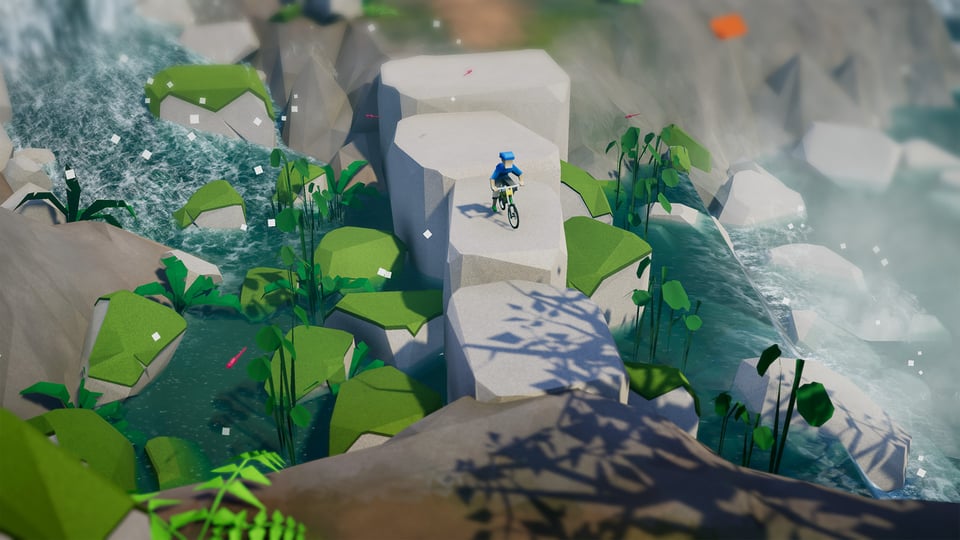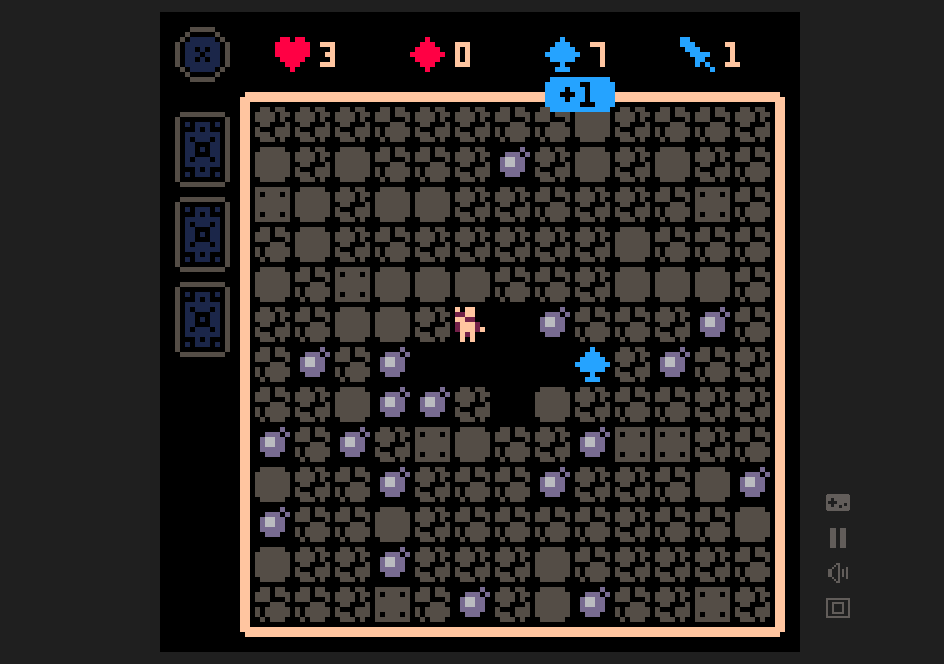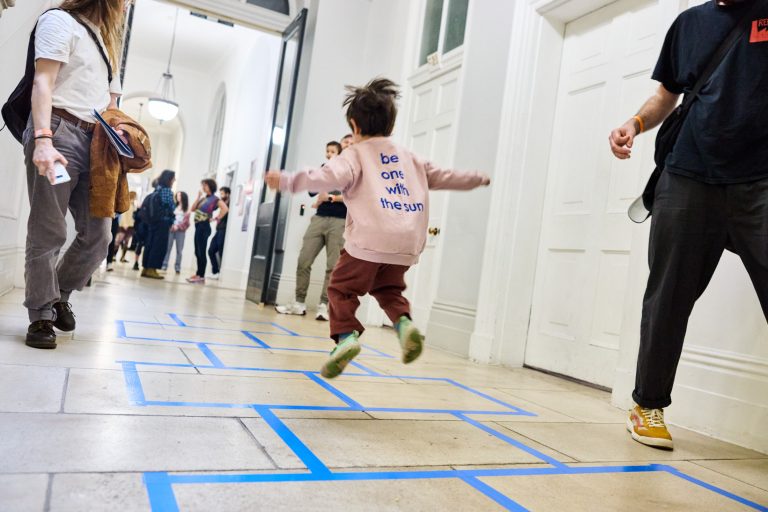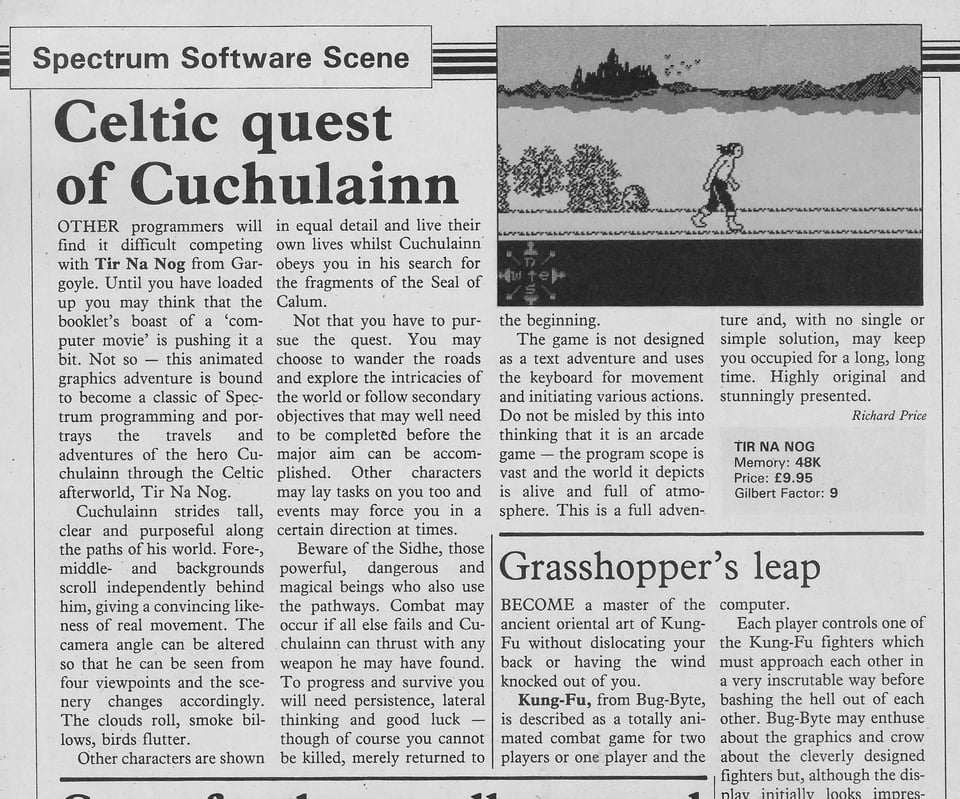Expedition 1
The Bathysphere
Hello and welcome to the first communication from The Bathysphere. We wanted to make a video game newsletter that isn’t in fact about news at all. It’s about games we’ve played or games we’re looking forward to, and about books, films and events that might be interesting to people who enjoy thinking about games and what they mean. We might have interviews, too, if anyone will speak to us. The first four communications will be free, then we will introduce a modest subscription. Please join us on this pleasant voyage.
The bathysphere crew
Christian Donlan
Florence Smith Nicholls
Keith Stuart
This Week’s Essay: Resting in games by Christian Donlan

One of the most interesting micro-trends I've spotted in games over the last few years is the appearance of instances where you're encouraged to stop for a few minutes and just take in the world around you. And when I say micro-trend, I really mean it. I think I've seen three and half examples of this so far - and we'll get to that half in a bit.
This is interesting, I think, because the act of slowing down and stopping, the act of doing nothing - if doing nothing even counts as an act - seems to run against the grain of everything most games are. Most games are focused on your agency, what you're doing in this specific moment and what you're going to do in the moment to come. To stop, to do nothing, and to be encouraged to do that, is surely a perverse kind of element of design?
The first game I noticed this in is Lonely Mountains: Downhill. Is it too early to call this game a classic? No matter, I was calling it a classic the day it came out and my opinion hasn't changed at all since then. This is a downhill mountain-biking game with perilous terrain and instant restarts when you mess up. You race between checkpoints and explore various routes through a gloriously rugged low-poly wilderness. It's jouncy and kinetic and as you play you really feel it in your shoulders and ankles. It's great!
And then it has these beautiful, quietly strange moments when your little low-poly cyclist makes a certain turn and finds themselves on a rock edge overlooking a lake or a canyon, and they get off the bike and just sit. They just sit, leaning against a large boulder or a tree and watch the world go by. You can sit for as long as you want here, for no reason at all except for all the reasons a cyclist might stop somewhere beautiful in the real world. It quickly becomes quite odd, in my experience. With no forward momentum I'm left with...what? I'm left with myself and the environment. I feel pleasantly suspended. It's like nothing else in the game - nothing else in most games.
These moments crop up again in the excellent sequel, Lonely Mountains: Snow Riders and they've lost none of their magic. And I was delighted to spot them in an entirely different game by an entirely different team. Caravan SandWitch is a sort of van-life fantasy about the end of a world, set on a planet heavily inspired by the terrain of Provence. You rattle around in your van, doing favours for people and urging dormant technology back to life while you hunt for a missing sibling - I think? It's been a while - and try to find out what went wrong here.
But then there are these moments, again, often up high, on the edge of a cliff, where you find a blanket laid out and a few pillows or a stack of books or an old radio, and you're encouraged to just stop and take everything in. This is ersatz Provence, so there's always something lovely to look at. And because, unlike Lonely Mountains, this is a narrative adventure, just stopping and staring is a much more loaded experience. Loaded is exactly the wrong way of putting it, actually. I guess I mean I find it easier to imagine what my on-screen avatar is thinking about. They're thinking about the plot and their missing sibling and the current objective. So it's much clearer, in a way, that they are resting and I am just with them, on the other side of the screen, as they rest.
It's the same moment in both games, then, but it offers a very different experience. In both cases, though, it makes the world richer. It makes the world richer because you slow down and stop and look at specific aspects of the world around you - it's the difference between a photograph and a scrolling TikTok feed, say - and it makes the world richer because you can't help but imagine all the other places you might stop and rest. It makes me wish for mods in games like Jet Set Radio Future, where I might just sit, one leg dangling over a wall, up on the side of some skyscraper or perched on some advertising hoarding. Any game where I love the world I'm in - any game like that I would love this kind of opportunity to just sit and watch it all unfold. Not just to stand, not moving my character, but to actually see them sit down in a space that's been created with this in mind. There's something about being invited to do this, something about having a location prepared for you, which feels important.
I think there's one other thing that makes it work, and it's the half example I mentioned earlier which made this clear to me. There has to be no reward for these moments except the moment themselves. Sure, I think Lonely Mountains probably chucks you an Achievement or keeps track of how many spots you've found, but that's about as far as rewards can go. I say this because this kind of idea also pops up in the critter-hunting game Creatures of Ava. Again a lovely spot above the action and you sit down to enjoy but then - ping! - you've been given XP just for ticking this off. It's too much of a reward. It brings the moment back into the world of utility that defines the rest of the action. The moment is compromised.
At their purest what these instances remind me is that it can be genuinely hard to rest - to sit and do nothing for any length of time. That's true in a game, and it's true in the real world. But it's these moments of dawdling and dreaming that I increasingly crave. Maybe if I find enough of them, I'll learn how to actually stop and properly do nothing.
Delightful games

Adam Saltsman has been making a bunch of games for the Pico8 – a virtual 8bit console that runs on your browser or phone. I already mentioned this in the Guardian newsletter, but I’m gonna do it again: I love Cave of Cards, a merging of BBC Micro classic Boulderdash with card game mechanics where you clear dungeons by making poker hands. It’s so beautiful and compelling. KS
Nathalie Lawhead's Electric Zine Maker may be more of a tool than a game, but it's definitely playful in nature. The simple but bright interface invites you to ask the question; could I make a zine about pretty much anything in the time it would take to, say, bake a potato? The answer is yes. FSN
By this point, I’m multiple playthroughs deep in Wilmot Works it Out. Even so, the game keeps on tempting me back. It’s the perfect game to play for a minute, ten minutes, an hour, a day. This is a game about receiving jigsaw puzzles in the post and then putting them together. What I like about it the most, I think - or rather what I most like about it at the moment - are all the little tweaks that have been made to ensure it works smoothly. There are no specially shaped edges you have to fit together, for example, so you can focus on untangling the image. On top of that, it’s impossible for individual pieces to have the wrong orientation - you just need to work out where they go. I’ve been working that out for about thirty hours by now so I must love it. I’ve never really been into jigsaws, but I’m into this. CD
Interesting things

From April 11-12, the eleventh - and apparently final – Now Play This exhibition of experimental game design is taking place at London’s Somerset House. This really has been an extraordinary and inspiring series of events with extremely good curation. There should be more of these going on around the country, but we seem to be continually saying goodbye to them. KS
In Sheffield, April 15 sees a talk by historian Mark Hardisty and Actua Soccer Developer Richard Stevenson about the famed Actua series of football games from Gremlin Interactive. I remember reviewing these on the PlayStation and for a while they competed with the Fifa series. KS
Dream Emulator is a monthly film club in London screening footage from esoteric video games, hosted by tattoo artist Rosa PMS. This month included excerpts from Kitty Horrorshow’s oeuvre. Oh, and Rosa often makes zines for the screenings. FSN
An algorithm delivered me to the book The Vast Extent by the poet, novelist, and general all-round genius Lavinia Greenlaw, and for once the algorithm knew what it was doing. This is a selection of Greenlaw’s “exploded essays” - which turns out to mean roaming, multipart explorations of complex, hard-to-pin-down human phenomena. Perception seems to be the organising theme, but when the first piece takes in caves, the cinema and childhood “wide games,” played out in the wild at night, the pleasure comes from not knowing quite where you’re going to land next. This book is a delight. CD
Retrospective adventures

Each week I’ll be sharing an article or advert from my vast and growing collection of old video game magazines. This week’s entry is a review of the classic side-scrolling arcade adventure Tir Na Nog. The piece is from the January 1985 edition of Sinclair User magazine, which was quite an austere and serious publication. It’s a reminder that the highly regulated and widely understood genres of the modern games industry haven’t always existed. Early reviewers had to try to come up with a language to explain the way new games worked, and to build a glossary of genre terms. It is fascinating to me to see reviews that wrestle with this problem. KS
End of expedition one
Thank you for reading! You can contact the crew at bathyspherecrew@gmail.com and we welcome amiable feedback. It gets lonely down here.